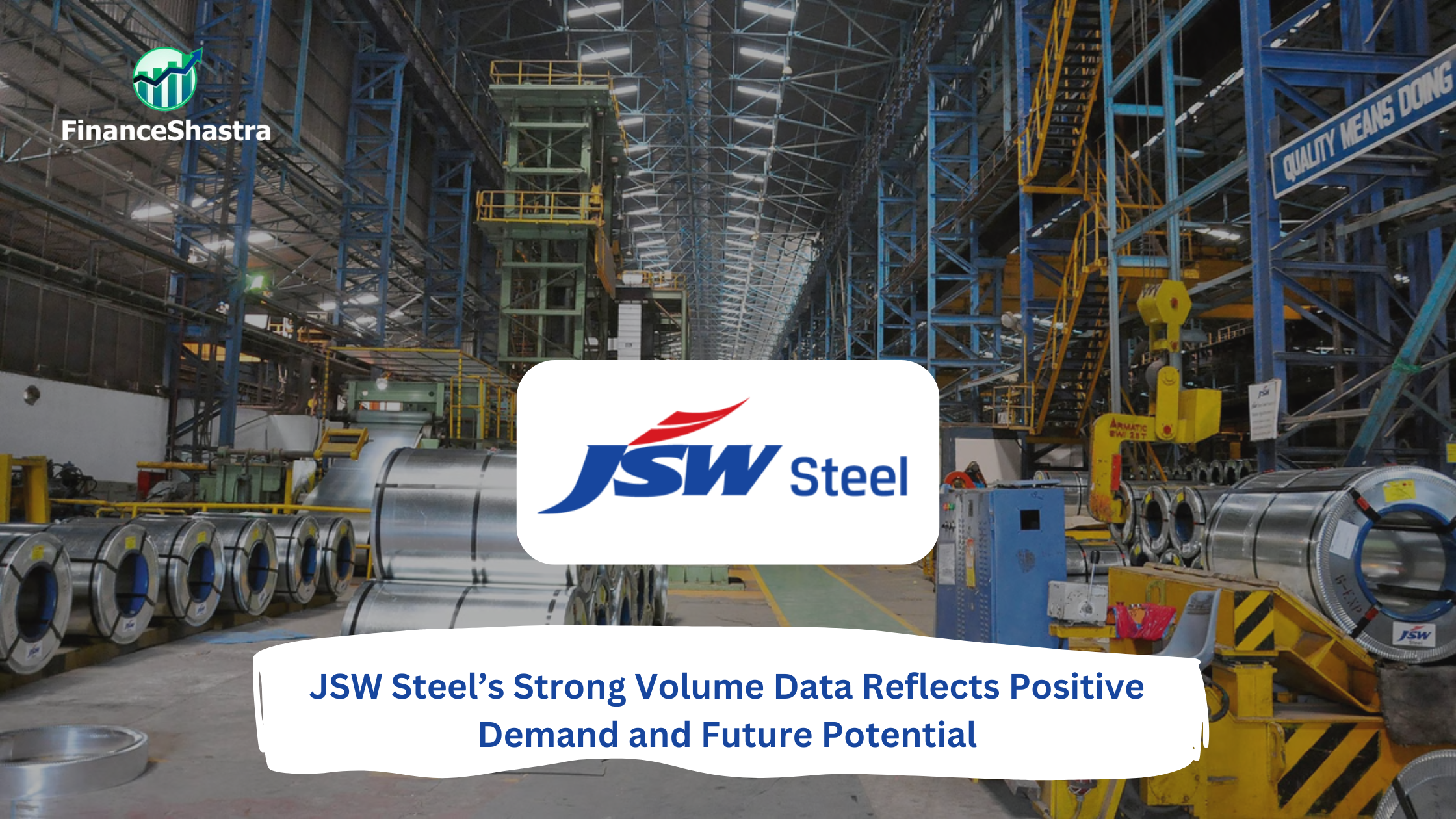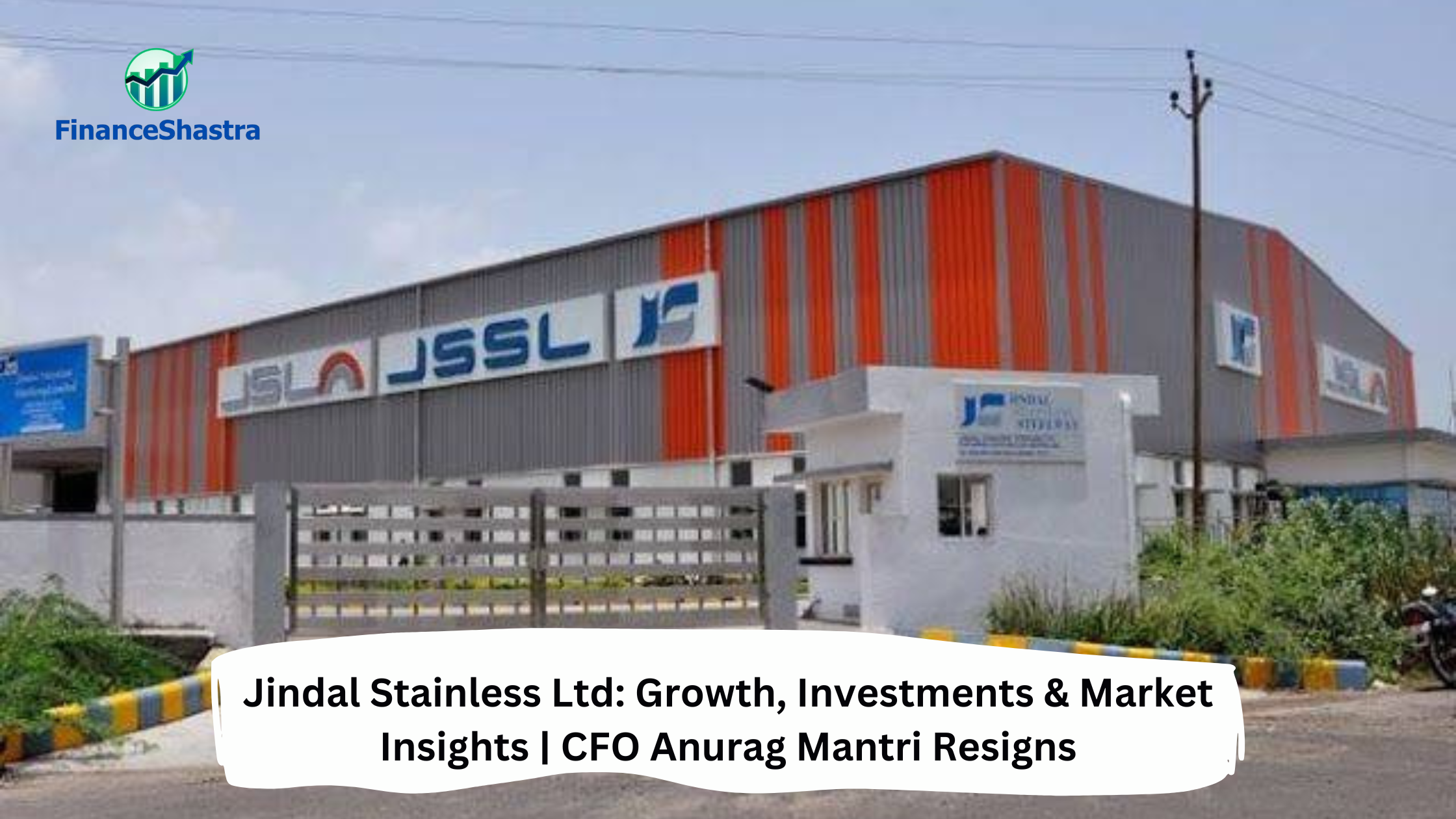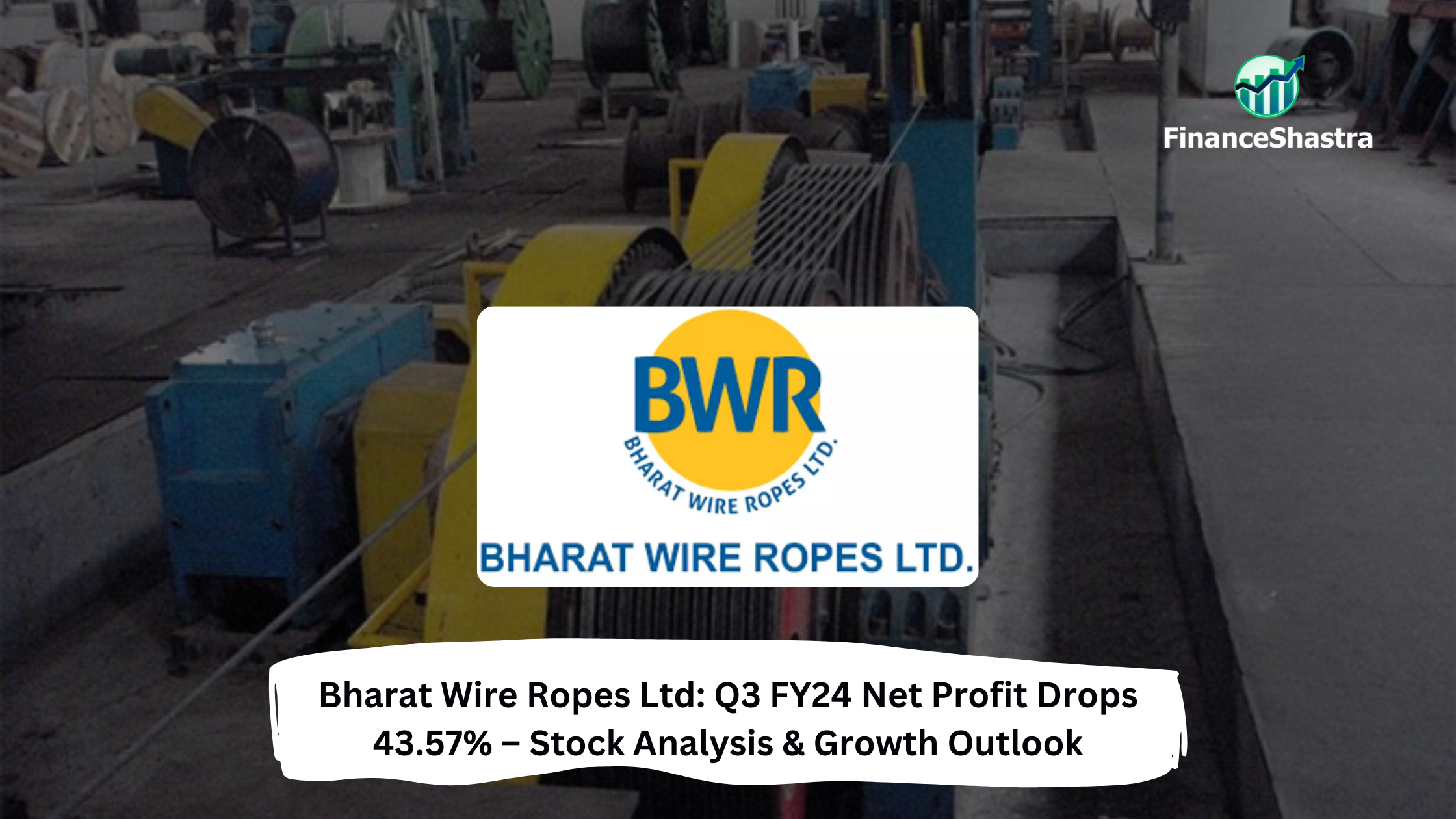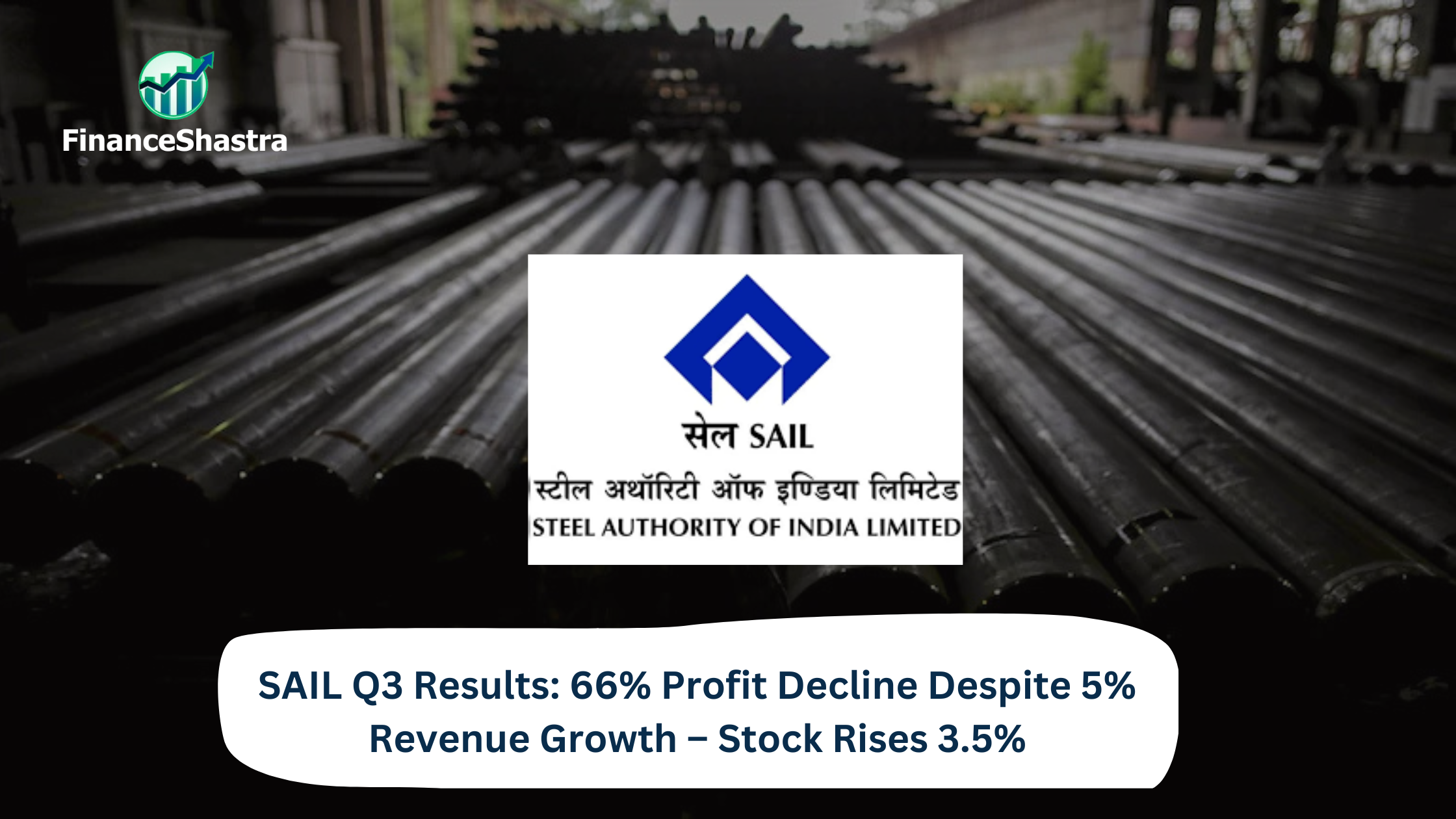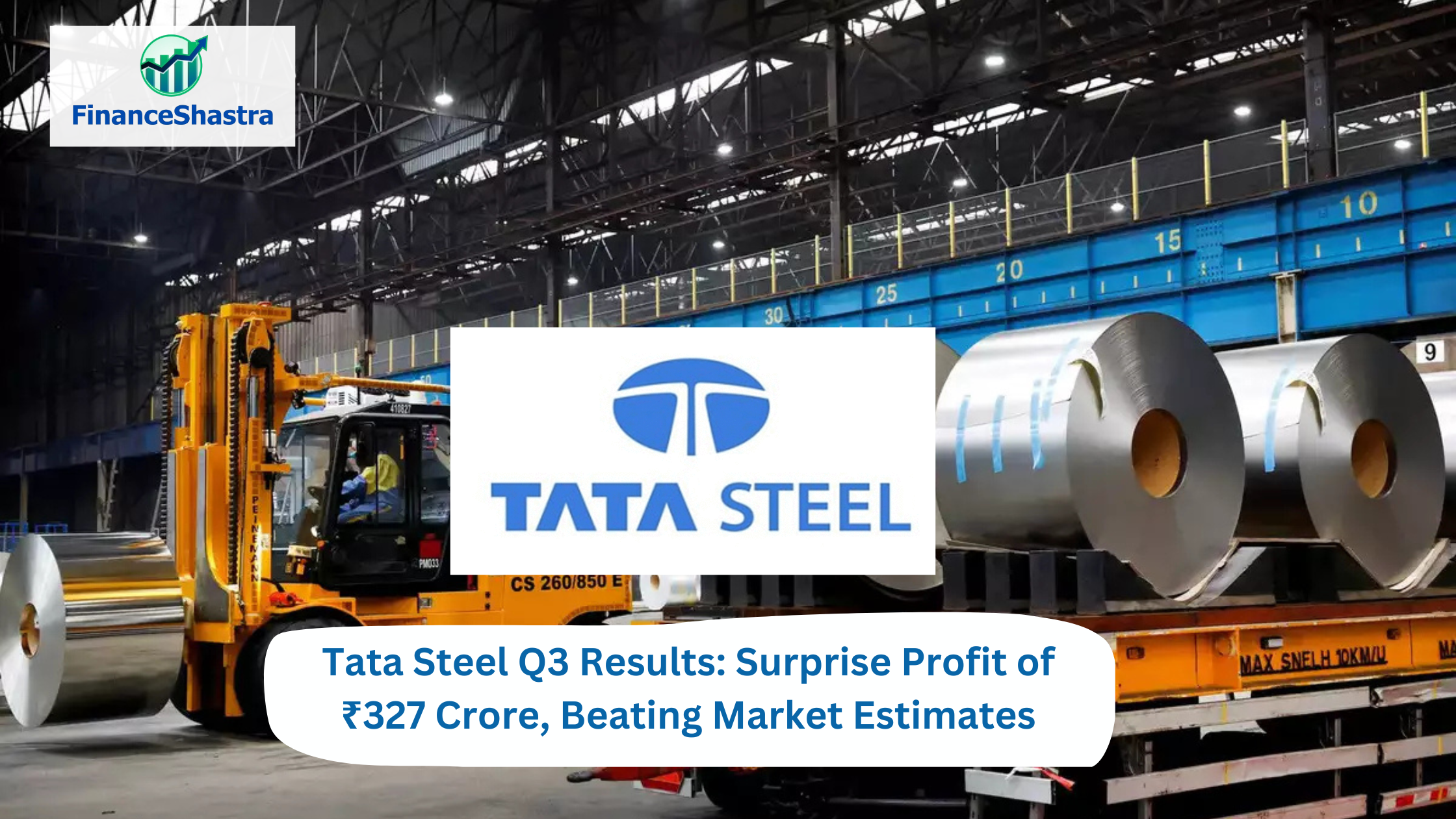JSW Steel’s Strong Volume Data Reflects Positive Demand and Future Potential
Business and Industry Overview:
JSW Steel Ltd is a very big steel company in India. It makes steel for many uses. It is part of the JSW Group. The JSW Group is a big business group in India. It is worth 24 billion US dollars. The group works in many areas. These include steel, energy, cement, paints, B2B e-commerce, defence, green transport, venture capital, and sports. JSW Steel makes many types of steel. These include hot-rolled coils, cold-rolled coils, TMT bars, wire rods, and color-coated steel. These steel products are used in many things. They are used to build houses, roads, bridges, factories, and cars. They are also used in machines and home appliances. The company has big factories in many places in India. These are in Karnataka (Vijayanagar), Tamil Nadu (Salem), and Maharashtra (Dolvi, Tarapur, Vasind, Kalmeshwar). The company has grown bigger by buying other steel companies. It bought Ispat Steel and Bhushan Power & Steel. It also merged with Jindal Vijayanagar Steel Ltd. These steps helped the company become very strong in India. In March 2025, JSW Steel became the most valuable steel company in the world. It had a market value of 30.3 billion US dollars. Its share price also went up in 2025. It gave good returns to its investors. It is one of the best-performing companies on the Nifty 50 index. The JSW Group has around 40,000 workers. These workers are in India, the USA, Europe, and Africa. The group is very proud of its workers. They come from different cultures and places. The group believes its people are its strength.
Latest Stock News:
As of April 8, 2025, JSW Steel’s stock is trading at ₹954.75 with a market value of ₹2.34 lakh crore. The stock recently saw ups and downs, but it rose again after news from China about possible economic support, which helped boost metal stocks. JSW Steel also showed strong performance in February 2025, with a 12% rise in total crude steel production compared to last year, and a 13% rise in domestic output. This growth is due to its focus on expanding its capacity. Investors are now waiting for the company’s Q4 results for FY2025, which will show how well the company is doing in terms of profit and business growth. JSW Steel is a big company in the steel industry. It makes products like steel, sponge iron, and pig iron. Recently, experts changed their view about the stock. Before, it was seen as very strong (bullish). Now, it is seen as only a little strong (mildly bullish). This means the stock may still go up, but not very fast. The company is facing some money problems. Its profit before tax and profit after tax have gone down. This means the company is earning less than before. Also, it has a high Debt to EBITDA ratio. This shows the company has taken a lot of loans and may find it hard to repay them. Even with these problems, the company is still not too expensive to buy. It has a return on capital employed (ROCE) of 9.4%, which shows how much profit it makes from the money it uses. The stock is also cheaper than other similar companies in past years. JSW Steel is still a very strong company in the market. Its market value is ₹2,48,091 crore. It is a big part of the steel sector. The stock is also doing better than many other companies in the BSE 500 index. In the last year, the stock gave a return of 17.62%, which is a good sign.
Potentials:
JSW Steel wants to grow a lot in the next few years. Right now, it makes 27 million tonnes of steel every year in India. The company wants to increase this. By 2027, it plans to make 37 million tonnes every year. By 2031, it wants to reach 50 million tonnes per year. This means the company will almost double its steel production. To grow, JSW Steel will build new steel plants. It will also work with other companies. The company wants to grow in India and in other countries too.
One big project is in Maharashtra. JSW Steel will build a steel plant in Gadchiroli. This new plant will be very large. It will make 25 million tonnes of steel every year. The company will spend ₹1 lakh crore on this project. It will take 7 to 8 years to finish. The plant will be clean and use modern technology. It will be one of the biggest and most eco-friendly steel plants in the world. JSW Steel is also working with a South Korean company called POSCO. Both companies will build a steel plant in Odisha. The plant will make 5 million tonnes of steel every year. This project will also help with new ideas like electric car batteries and clean energy.
Outside India, JSW Steel is also growing. It will spend $110 million in Texas, USA. It will improve its factory there. This will help make better steel. It will also increase work speed and save money. To do all this, the company will spend ₹20,000 crore in the year 2025. JSW Steel believes India’s economy is growing fast. It also believes that steel demand will stay high. That’s why it is investing a lot.
Analyst Insights:
- Market capitalisation: ₹ 2,33,834 Cr.
- Current Price: ₹ 956
- 52-Week High/Low: ₹ 1,075 / 824
- Dividend Yield: 0.76%
- Return on Capital Employed (ROCE): 13.3%
- Return on Equity (ROE): 11.8%
JSW Steel is one of the biggest steel companies in India. It has a strong name and large market share. The company sells many steel products. It supplies to many industries like auto, construction, and infrastructure.
In the last three years, its sales increased by 30% every year. This is a good sign. It shows people want more steel, and the company is growing. But profit only grew by 2% every year. This is very low. It means the company is earning less money even after high sales.
In Q3 FY24, the net profit fell by 70.6%. It was ₹1,313 crore this quarter, while it was ₹4,357 crore last year. The reason is high raw material costs and low steel prices. These two things hurt the profit. Also, the EBITDA margin dropped to 13% from 17%. This means the company is making less money from each rupee of sales.
The stock price is also very high. The P/E ratio is 66.8. This is much higher than Jindal Steel’s P/E of 19.9. High P/E means the stock is expensive. It may not be a good time to buy at this high price.
JSW Steel also has high debt. Total debt is ₹95,258 crore. This is a big amount. The interest coverage ratio is low. This means it may have trouble paying interest if profits fall again.
But there are some good points. The company is large and strong. It has a good return on equity (17%). It also uses capital well (ROCE is 13%). These numbers show that the business is still healthy.
So, the company has both good and bad sides. Because of high stock price, low profit growth, and high debt, the stock is not cheap now. It is better to hold the stock. People who already own the stock can keep it. Long-term outlook is still positive. But it is not the best time to buy more right now.

